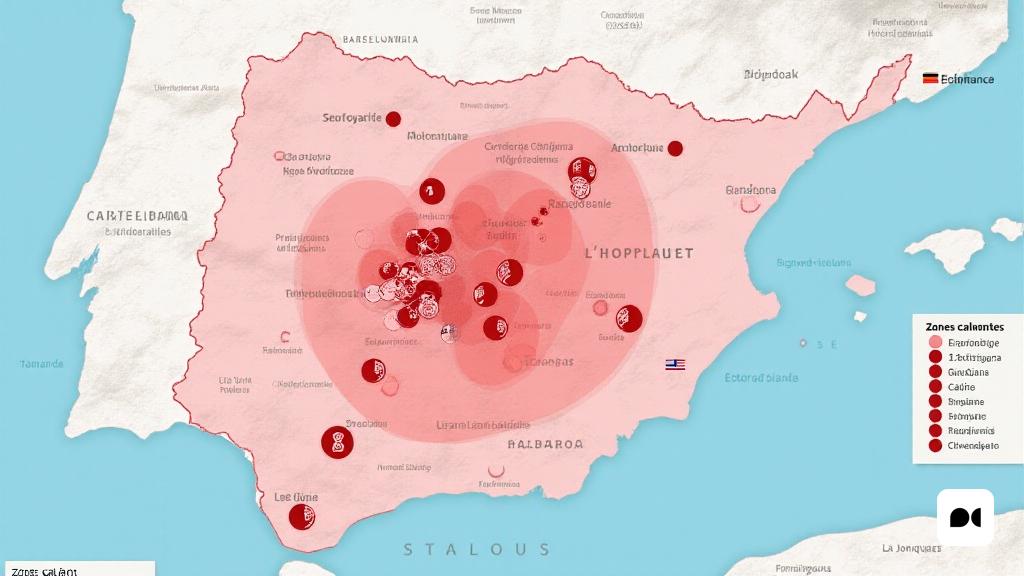The impact of immigration on the Catalan social fabric
The question of immigration in Catalonia has recently taken center stage, especially following the agreement between the PSOE and Junts, which facilitates the transfer of powers in this field. This debate, which has been warming up in recent months, is not only limited to political spheres, but has also entered the public conversation, with a background marked by the constant increase in migrant population in the region.
Demographic transformations and critical areas
Catalonia has experienced significant population growth in the last three decades, from just over six million inhabitants to eight million, with a significant increase in the foreign population, which has jumped from 181,000 to 1.4 million. This dynamic has caused that the proportion of foreigners has increased from 3% to 18%, with population growth largely dependent on immigration. Without this contribution, natural growth rates would be negative.
Areas with the highest immigrant concentration
Despite widespread growth, not all areas of Catalonia have been equally affected. There are three areas that stand out for their high percentage of immigration: the metropolitan belt of Barcelona, the region of Lleida and the Costa Brava. In these areas, immigration rates are significantly higher than the Catalan average.
The Catalan provinces and their immigrant diversity
Recent data indicate that the four provinces of Catalonia lead the immigration ranking in Spain. Barcelona stands out with 30% of its population composed of foreigners, followed by Girona and Lleida with 20% and Tarragona with 18%. This diversity not only enriches local culture, but also raises challenges in the management of services and resources.
Localities with high immigration percentages
In terms of immigration percentage, Guissona, in Lleida, leads with an impressive 51% of foreigners. Other localities such as Castelló d’Empúries (47%) and La Jonquera (44%) also have high numbers. In total, 36 Catalan municipalities exceed 25% of immigrants, with a significant concentration in the counties of Lleida and Maresme.
Challenges and Opportunities for Catalonia
The increase in immigration in Catalonia not only transforms demographics, but also raises several challenges, including security issues, integration and management of public resources. However, it also represents an opportunity to enrich Catalan society with new ideas and cultures. In this context, the debate on immigration becomes essential to ensure a cohesive and sustainable future for all citizens.




